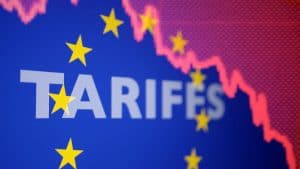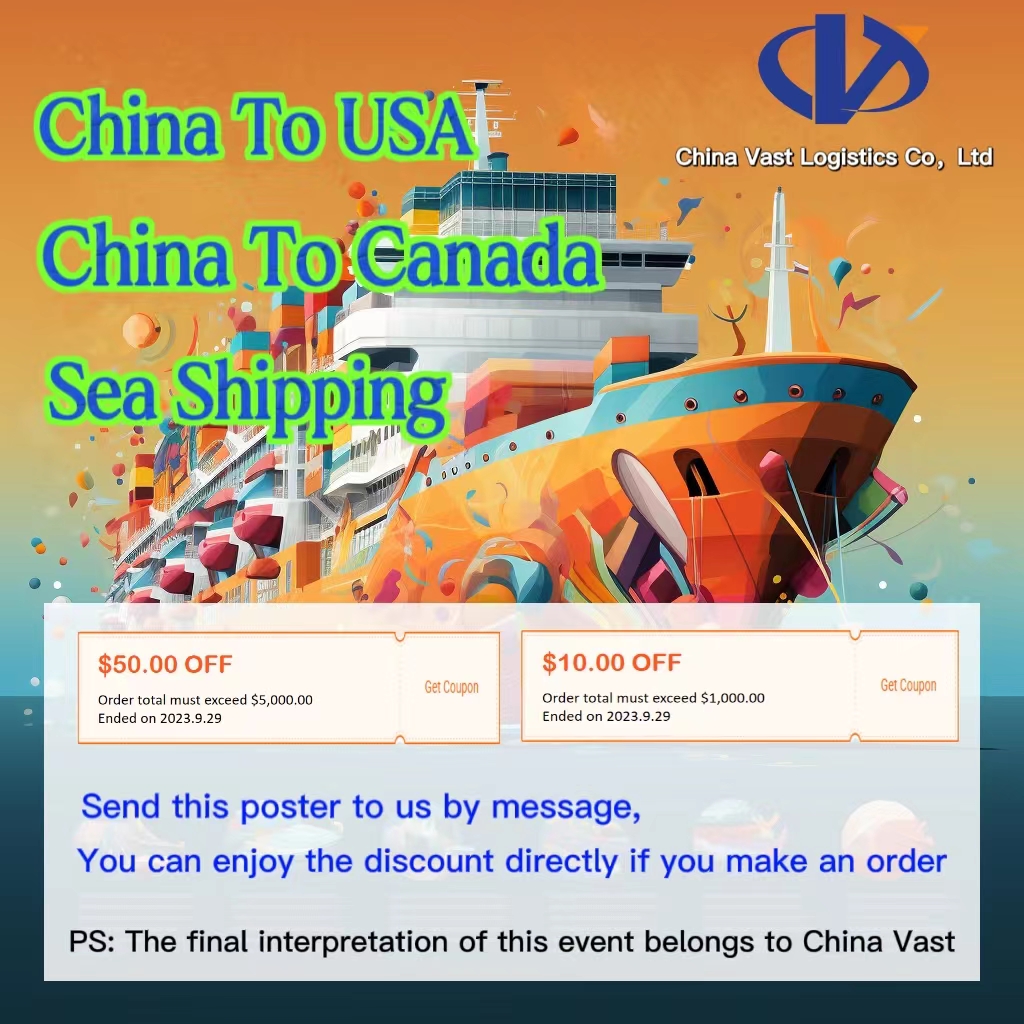
I. What Are Tariffs?
Tariffs are a type of indirect tax levied on goods and items entering or exiting a country. The authority responsible for collecting tariffs is the national customs agency. Taxpayers include importers, exporters, and owners of inbound items.
II. Core Characteristics of Tariffs
-
Mandatory: Tariffs are legally enforced; taxpayers are obligated to pay.
-
Non-compensatory: The state collects the tariff without providing direct services in return.
-
Predefined: Tariff rates and rules are established in advance by law.
III. Types of Tariffs by Target
-
Import Tariffs: Applied to goods and items entering a country.
-
Export Tariffs: Applied to goods and items leaving a country.
IV. Diverse Tariff Calculation Methods
-
Ad Valorem Tariff: Based on the customs-assessed value (CIF price) of the goods.
Formula: Customs Value × Ad Valorem Rate -
Specific Tariff: Based on physical quantity (e.g., weight, volume, units).
Formula: Quantity × Unit Rate -
Compound Tariff: Combines both ad valorem and specific tariffs.
Formula: (Quantity × Unit Rate) + (Customs Value × Ad Valorem Rate) -
Sliding Tariff: The tariff rate adjusts inversely with the import price (e.g., applied to cotton imports in China).
V. Functions and Roles of Tariffs
-
Generate revenue for the national treasury
-
Protect domestic markets and industries (e.g., U.S. tariffs on Chinese products)
-
Regulate international trade and support economic balance (e.g., preferential rates for least developed countries)
VI. Customs Territory vs. National Territory
The customs territory is where customs laws are enforced. It usually aligns with the national border but may differ in special zones like free ports (e.g., Hong Kong) or customs unions (e.g., the EU).
VII. How Tariffs Are Calculated
1. Ad Valorem Tariffs
-
Formula: Tariff = Customs Value × Tariff Rate
-
Customs value is based on CIF (Cost + Insurance + Freight)
2. Specific Tariffs
-
Formula: Tariff = Quantity × Unit Rate
-
Used for commodities priced by weight or volume, like agricultural products.
3. Compound Tariffs
-
Formula: Tariff = (Quantity × Unit Rate) + (Customs Value × Rate)
-
Commonly applied to high-value or regulated goods.
4. Selective Tariffs
-
For goods subject to multiple tariff types, the higher tariff is selected.
VIII. Tariff Components and Additional Charges
-
Value-Added Tax (VAT): Calculated based on customs value + freight + tariff.
Example: UK – 20%, Australia – 10%. -
Excise Tax: Imposed on specific goods such as luxury items or alcohol.
Example: Singapore applies GST even on low-value goods. -
Customs Handling Fees: Documentation, warehousing, and other service-related charges vary by country.
IX. Customs Valuation
-
For Imports: Based on CIF price (including product value, shipping, and insurance)
-
For Exports: Based on FOB price (excluding tariffs)
Formula: Export Customs Value = FOB ÷ (1 + Export Tariff Rate)
X. Tariff Thresholds and Characteristics by Region
| Country/Region | Tariff Threshold | Key Tax Characteristics |
|---|---|---|
| United States | $800 USD | Tariff only, no VAT |
| United Kingdom | £135 GBP | VAT = (Goods + Freight + Duty) × 20% |
| European Union | €22 EUR | Duty = (Goods + 70% Freight) × Rate |
| China | ¥50 RMB | Personal mail exempt up to ¥2000 |
XI. Tariff Preferences & Declaration Tips
-
Cross-border eCommerce: Some countries offer tax exemptions for low-value items (e.g., China).
-
Declared Value: It is advisable to declare 70% of the factory price to avoid excessive taxation or customs disputes.
XII. Important Considerations
-
Product classification must match the correct HS Code, as rates vary based on material and use.
-
Exchange rates may affect tax calculation; customs uses the rate on the day of payment.
-
Policies are subject to change—always consult the latest customs bulletins of the destination country.
XIII. Key Factors Affecting Tariff Policies
1. Trade Agreements & Policies
-
Bilateral/Multilateral Agreements: Influence tariff rates and can trigger retaliatory tariffs if violated (e.g., U.S. 50% tariffs on Chinese goods).
-
Temporary Trade Measures: Anti-dumping, anti-subsidy, and safeguard measures can alter tariff rates.
2. Economic & Industrial Considerations
-
National Economic Strategy: Tariffs can protect local industries (e.g., 40% on imported cars in the U.S.).
-
Infant Industry Protection: Encourages domestic innovation by restricting imports.
3. Product Attributes & Market Factors
-
Product Type & Use: High variation in rates (e.g., luxury taxes, emissions-based car tariffs).
-
Customs Value (CIF): Directly impacts ad valorem tax amounts (e.g., $500K car incurs over $100K in taxes).
4. Country of Origin & Trade Relations
-
Country Status: Most-favored-nation or preferential tax treatment may apply.
-
Geopolitical Tensions: Trade wars and sanctions can lead to volatile tariff adjustments (e.g., U.S. tariffs on Germany affected 2025 GDP forecasts).
5. Tax Administration & Compliance
-
Quota Management: Low rates may apply within quota limits; higher rates beyond that (e.g., agricultural imports).
-
Efficiency in Enforcement: Customs’ ability to assess value and HS classification affects tax obligations.
Final Note
Current tariff regimes are shaped by dynamic political, economic, and industry-specific forces. Businesses must proactively monitor changes, assess tariff risks, and align trade strategies with up-to-date customs policies.

